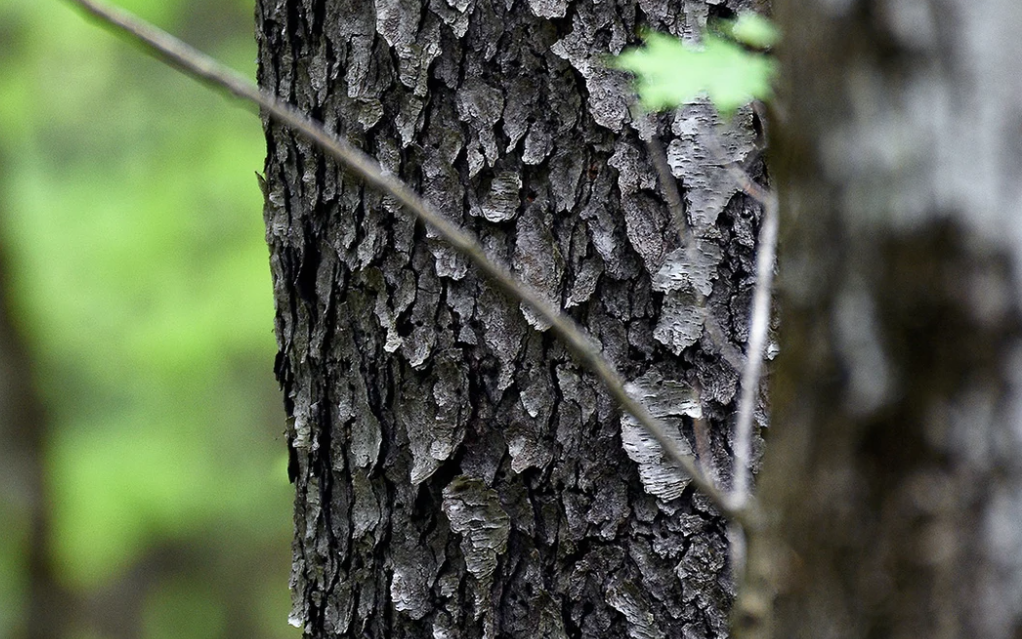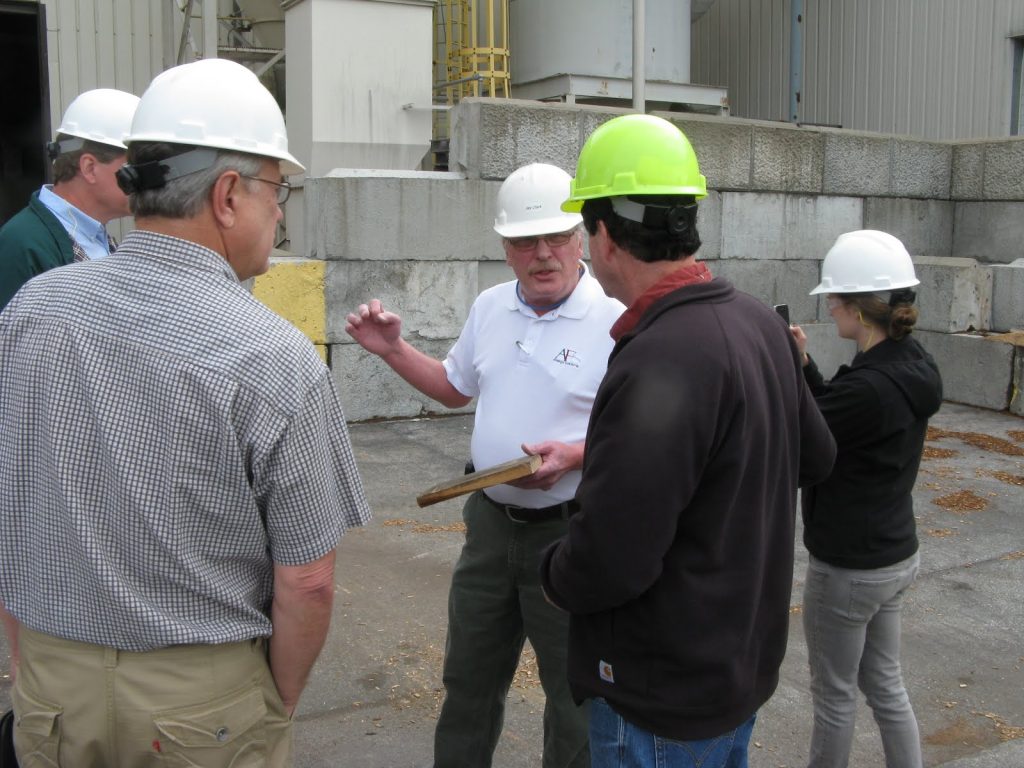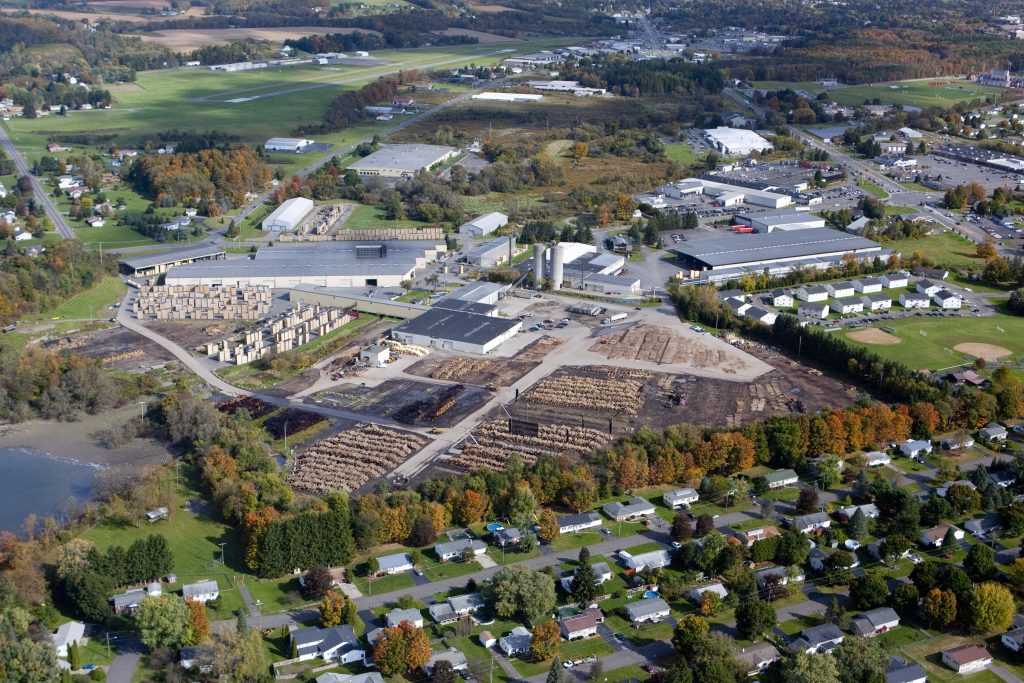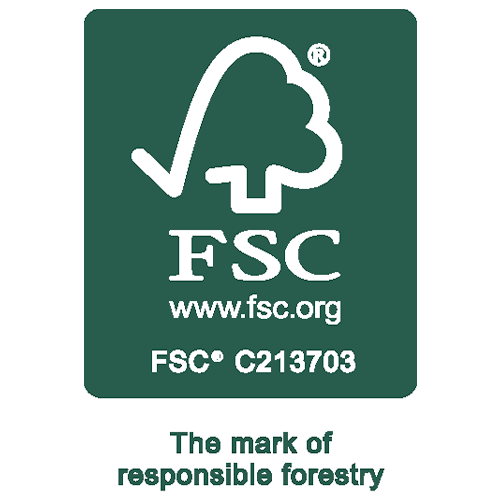
Gutchess Lumber’s Forest 2 Home Partnered with MTV for Mental Health Action Day
MTV created Mental Health Action Day in 2020 and Gutchess Lumber’s own Forest 2 Home was an inaugural member. Forest 2 Home, with MTV, worked to help start important conversations about mental health and break the stigma that surrounds it. Throughout the day, Forest 2 Home team members talked to woodworking, crafting, and DIY industry leaders through Instagram Live. Forest 2 Home was also joined by industry partners Woodsmith Magazine and Popular Woodworking Magazine. The full programming can be found on Forest 2 Home’s website.
Mental Health Action Day is an important step in raising awareness for mental health and breaking the stigma that surrounds it. By partnering with companies like Forest 2 Home, MTV is able to reach a wider audience and make a bigger impact.
Mental health is an often overlooked but important part of overall health. One in five adults in the United States experiences a mental illness in any given year, yet only 43% of those adults receive treatment. Mental illness can affect anyone at any age, but most mental illnesses first appear during adolescence or young adulthood.
Mental Health Action Day is an important step in raising awareness for mental health and breaking the stigma that surrounds it. Too often, people suffering from mental illness feel like they have nowhere to turn or that they are alone in their struggle. Events like this help start important conversations and let people know that they are not alone.
You can help by starting a conversation about mental health with your friends and family. Too often, people suffering from mental illness feel like they have nowhere to turn or that they are alone in their struggle. Events like this help start important conversations and let people know that they are not alone.
Forest 2 Home: Forest 2 Home is a Gutchess Lumber brand. Gutchess President and Chairman Matthew Gutchess saw an opportunity to connect individual woodworkers, crafters, and DIYers across the United States with our premium hardwood lumber products. Opening in 2020, Forest 2 Home has served all 50 states and partners with local builders for a monthly F2H Gives Back campaign to promote circular giving.




